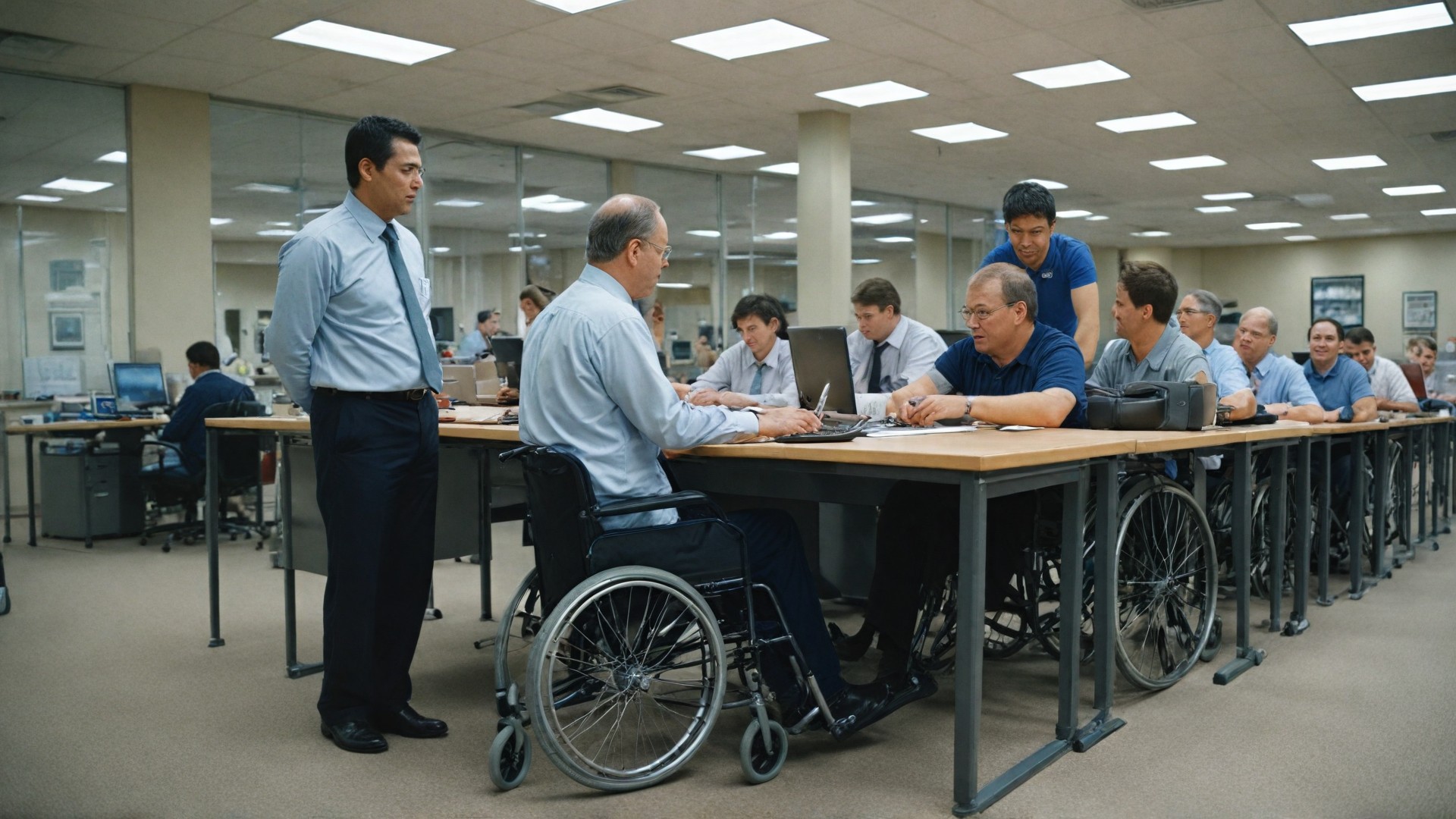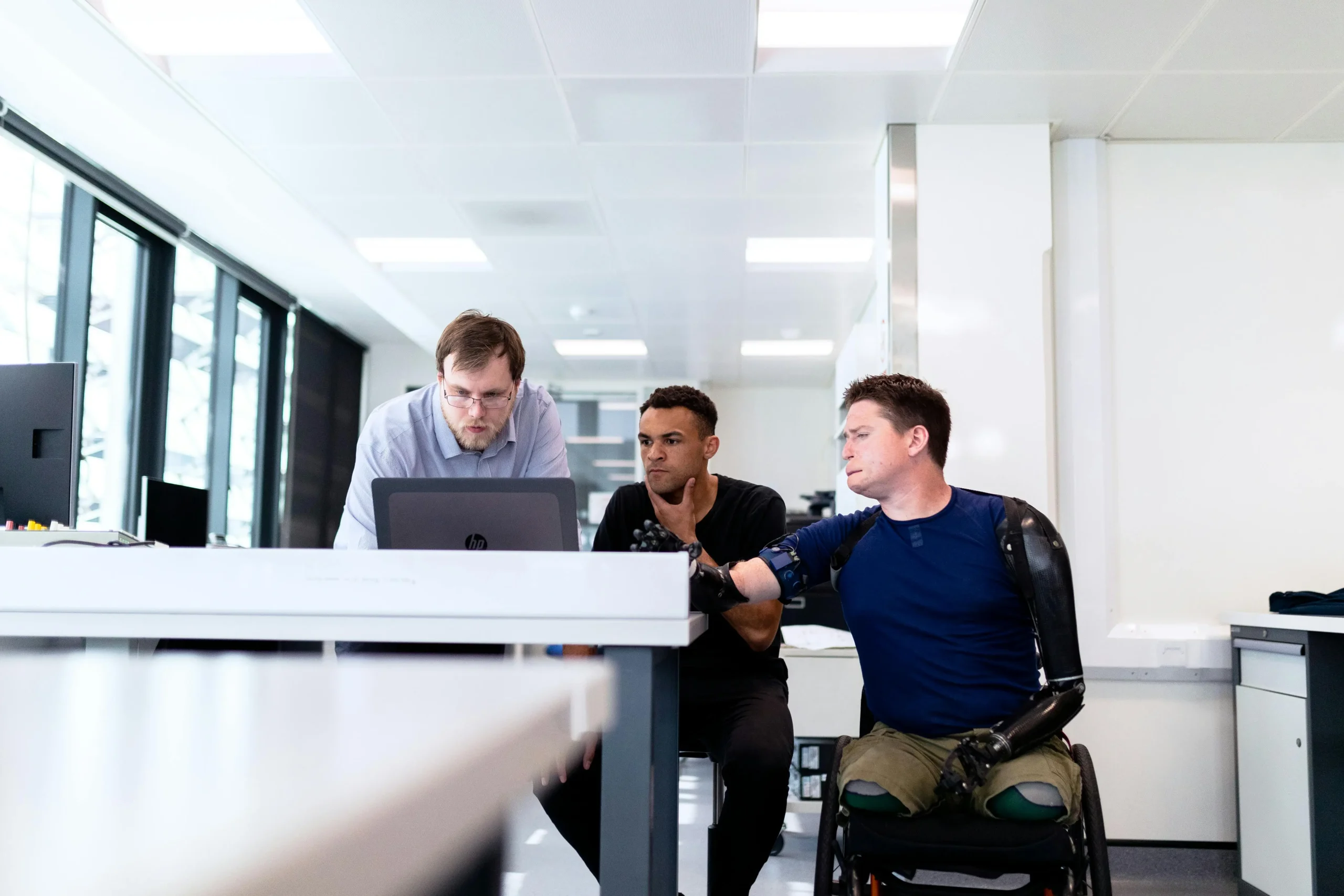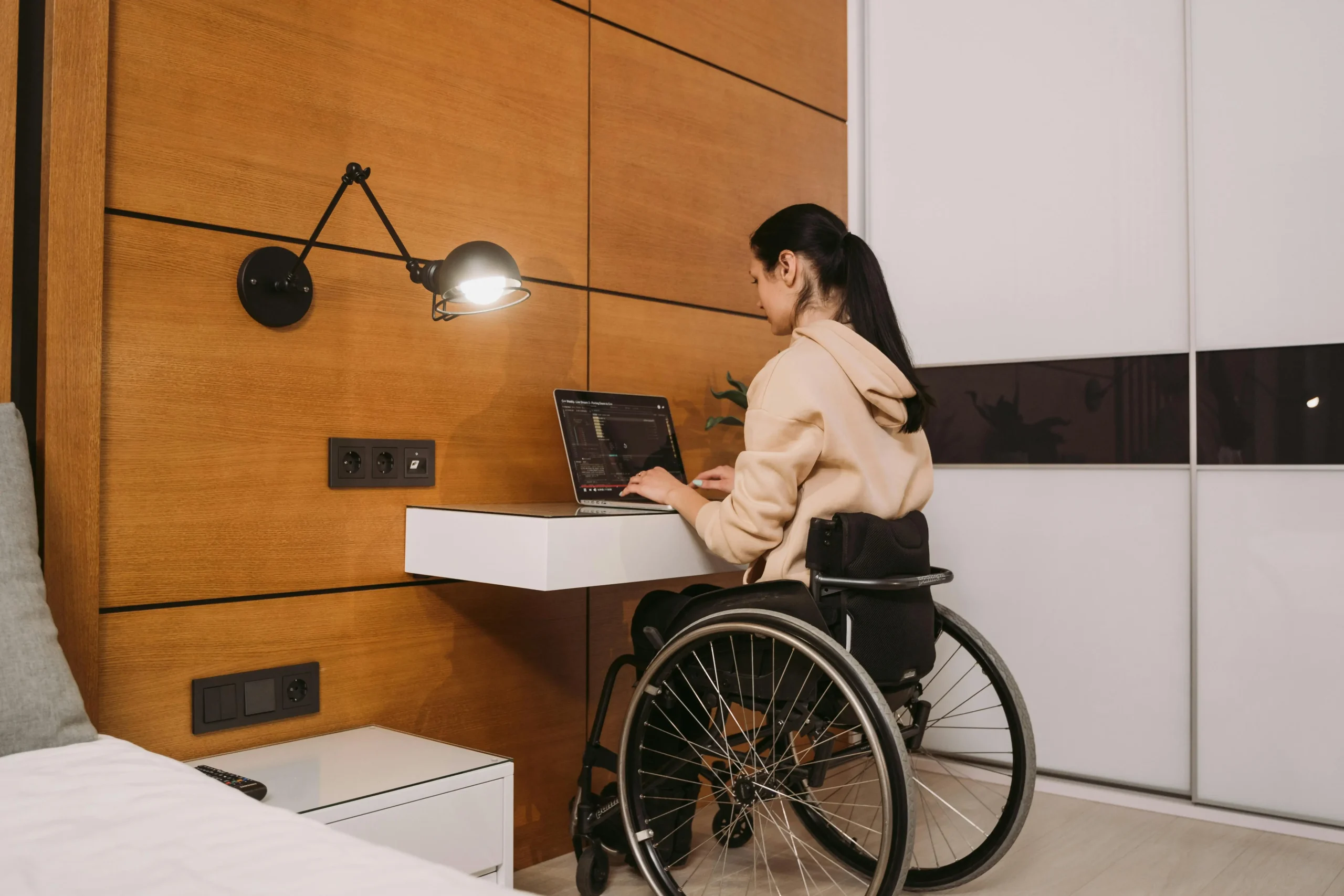In today’s fast-evolving world, inclusivity in the workplace is no longer optional; it’s essential. Yet, despite progress, several myths surrounding accessible employment persist, often holding businesses back from unlocking the full potential of an inclusive workforce. Let’s debunk these misconceptions and uncover the transformative truth behind them.
As Helen Keller wisely said, “Alone, we can do so little; together, we can do so much.” The workplace thrives when it’s accessible to everyone, but outdated beliefs often create unnecessary barriers.
Myth 1: Accessible Employment Is Too Expensive
Breaking Down the Costs
Contrary to popular belief, making workplaces accessible doesn’t require a hefty budget. According to studies, most accommodations cost less than $500 — a small price for significant long-term benefits.
Real-World Examples of Low-Cost Adaptations
Consider ergonomic chairs or adjustable desks. These aren’t just for employees with disabilities; they improve comfort for everyone.
The ROI of Inclusive Workplaces
Companies that prioritize accessibility report higher employee retention, reduced absenteeism, and increased customer loyalty, proving that inclusivity is an investment, not an expense.
Myth 2: People with Accessible Employment Can’t Perform as Well as Others
Addressing the Performance Misconception
This myth couldn’t be further from the truth. Employees with disabilities often bring resilience, problem-solving skills, and unique perspectives that drive innovation.
The Power of Diverse Skill Sets
Diversity fosters creativity. Teams with varied backgrounds often outperform homogeneous ones, producing solutions that cater to broader audiences.
Success Stories of Accessible Employment with Disabilities
Take Sara, a software engineer with visual impairment, who developed an accessibility tool now used globally. Stories like hers highlight the immense potential of inclusive hiring.
Myth 3: Accessible Employment Only Benefits the Employee
Boosting Team Morale and Collaboration
When workplaces prioritize accessibility, it sends a clear message: Everyone matters. This fosters a culture of respect and unity, boosting morale across the board.
Enhancing Customer Perception and Brand Image
Brands known for inclusivity resonate deeply with consumers, as 87% prefer companies committed to diversity and accessibility.
Accessible Employment Workplaces Attract Top Talent
Inclusive policies appeal to talented individuals who value empathy and innovation, making your company a magnet for top-tier candidates.
Myth 4: Accessible Employment Is All About Physical Changes
Understanding the Scope of Accessibility
Accessibility isn’t just about ramps and elevators. It includes flexible work hours, assistive technologies, and inclusive communication practices.
Digital Accessibility: The Overlooked Frontier
From screen readers to captioned videos, digital accessibility ensures all employees and customers can interact seamlessly with your brand.
Inclusive Policies That Go Beyond Infrastructure
Policies like remote work options and mental health support are vital components of a truly accessible workplace.
Myth 5: Making a Workplace Accessible Is a One-Time Task
Accessible Employment as an Ongoing Commitment
Accessibility is a journey, not a destination. Businesses must continually reassess and evolve to meet changing needs.
Adapting to Evolving Employee Needs
Regular feedback loops ensure accommodations remain effective, addressing both new hires and existing team members.
Staying Compliant with Accessibility Standards
With laws and best practices evolving, staying informed is crucial to avoid legal pitfalls and foster inclusion.
The Truth Behind the Myths
Data-Driven Benefits of Accessible Employment
Studies show that companies championing accessibility outperform their peers in profitability and innovation.
The Human Impact of Inclusive Accessible Employment
Beyond numbers, accessible workplaces empower individuals, fostering dignity and independence.
Conclusion
The myths surrounding accessible employment are just that — myths. By dispelling these misconceptions, we unlock a future where workplaces celebrate diversity and inclusion. It’s time to embrace accessible employment, not as a challenge, but as an opportunity to create a better, fairer world.
FAQs
- What is accessible employment, and why is it important?
Accessible employment ensures equal opportunities for all, fostering diversity and innovation. - How can businesses make their workplaces more accessible?
Start small with tools like ergonomic furniture and scale with employee feedback. - Is making a workplace accessible expensive?
Most changes are affordable, and the ROI makes it worthwhile. - What are some common challenges in implementing accessibility?
Resistance to change and lack of awareness are key hurdles. - How does accessibility impact team performance?
Inclusive teams are more innovative and collaborative. - Are there legal requirements for workplace accessibility?
Yes, laws like the ADA ensure workplaces meet accessibility standards. - What is digital accessibility, and why is it important?
It ensures equal access to technology for all users, including those with disabilities. - How do inclusive workplaces benefit customers?
They enhance brand loyalty and cater to a broader audience. - Can small businesses afford accessibility changes?
Absolutely. Most accommodations are budget-friendly. - How can employers educate themselves on accessibility?
Attend workshops, consult experts, and seek employee feedback to stay informed.
Internal Links:
- Top 10 Job Search Platforms Tailored for Disabled Job Seekers
- Future-Proof Your Job Search: Confidence Tips for Disabled Professionals













